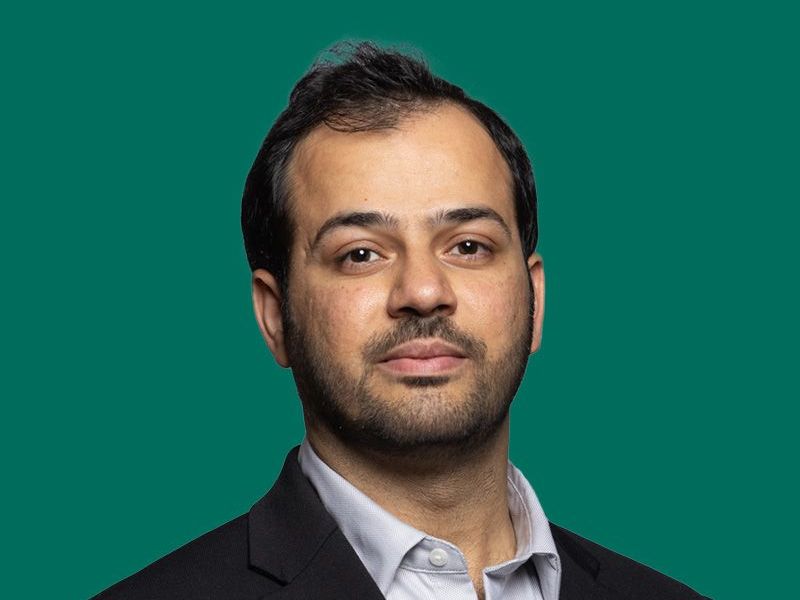In the global push to address the negative impacts of climate change, carbon dioxide removal has emerged as a key economic and environmental strategy. Methods such as direct air capture, direct ocean capture, bioenergy and soil carbon sequestration may help reduce emissions, particularly in sectors such as agriculture and air transportation.
Although the economic prospects of CDR are promising, obstacles such as high costs and energy-intensive processes remain. Recent research highlights the need to accelerate carbon removal, as current plans may fall short of meeting Paris Agreement benchmarks.
Mim Rahimi, an assistant professor in the Civil and Environmental Engineering Department, was one of two UH experts to offer his perspective on CDR and its role in the energy transition. Rahimi's research lab is developing a range of electrochemical processes to help industries become more energy efficient and to capture carbon dioxide from ocean and air point sources. His research team’s specific interests include energy and sustainability, electrochemical processes, and using artificial intelligence for climate mitigation.
To read his perspective, click here for the piece in Energy@Scale, the magazine for the UH Energy initiative.
